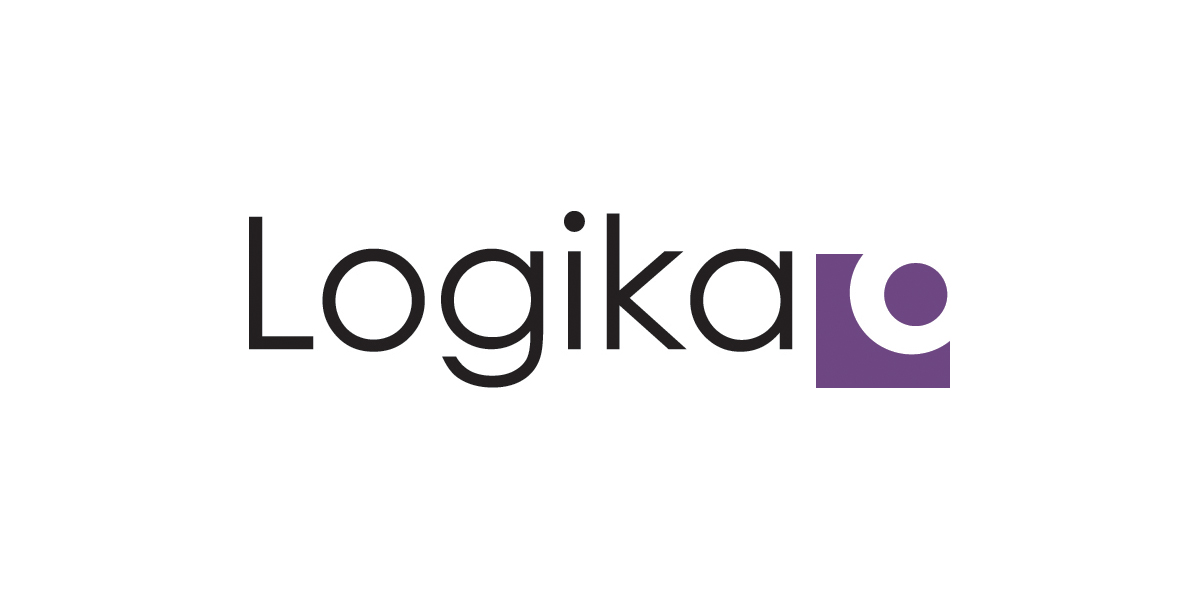
Nearly every day I hear about something else that is “broken” and needs “fixing”.
- Education is broken
- Government is broken
- Business is broken
Here’s a different perspective: It’s not that these institutions are broken, it’s just that they were designed to do things we no longer need to be done.
We like our old systems. We take comfort in their predictability and familiarity. But when we look at what they were designed to do, the problems begin to become clear. Education was designed to produce workers for long, stable careers. Government was designed to slow the pace of change.
Even our technical systems are artifacts of the era in which they were produced. On Jan. 17, 1967, the first 737 was introduced to the world. It was designed to accommodate the jet engines of the time. When you attach 50 years of engine advances to the 737, you have to apply serious Band-Aids (in this case in the form or complex software systems) to “fix” the system. The wisdom of this approach is, at best, suspect.
The world has changed, and the pace of change continues to accelerate. Change is hard. We want to hold on to the familiar and the reliable results we believe our institutions can produce. But the insufficiencies of this approach are only increasing and include:
- Our memories tend to be sentimental. We remember the positive results, downplay the failures, and discount the externalities.
- We treat our institutions with a certain level of reverence. They worked in the past, so we expect them to continue working.
- All of this is dividing us at a time when we should be more connected. The promise of the connected life has turned into increasingly narrow echo chambers and intense tribalism.
Uber, Amazon, Airbnb, and others like them did not “fix” their industries, they reinvented them. They were informed by the past without being constrained by it. They fearlessly rejected norms and traditions that no longer served the industry while embracing the lessons learned by watching their competitors evolve and in some cases fail.
It has been said that insanity is doing the same thing over and over, expecting differentresults. There is a new insanity emerging and it is defined by relying on the things that we did in the past to produce the same results in the future. Our future needs to be informed by our past, but not constrained by it. One unfortunate outcome of the sunk cost fallacy is we hold on to ideas, traditions, and institutions long past their “best by” date.
We need to find the courage to embrace the future. As you prepare for the future:
- What are the things you want to hold on to? These are the things that ground you, give you strength and security, and provide a strong foundation from which you are able to build new things.
- What are the old habits and false senses of security you want to let go of? These are the traditions and beliefs that may have served us well in the past but are unnecessary baggage for the future.
- And finally, how are you making your journey more inclusive? We must stop looking for other demographics to blame for our discomfort with change and look for ways to create a future that works for everyone.

Recent Comments